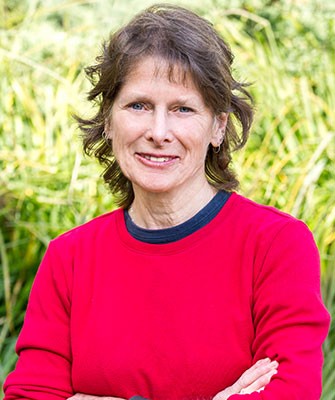I work on a COVID floor now. It’s all COVID patients, all the time. It was a trauma floor two weeks ago — the type of floor I’d worked on throughout my nursing career. Trauma made sense to me. I knew about pedestrians getting hit by buses and helmetless-teenagers riding motorcycles off the road. I knew about random accidents, like when an older person trips over the family cat and fractures a hip. I knew these things, and I knew how to care for the people involved. But things changed when my hospital started isolating patients with COVID on the trauma floor. Suddenly, everything was new again.
My first experience of being a COVID nurse was like a flash back to my first days after graduating from school. For the first two hours of my shift, I overthought everything. It was like I’d never worked as a nurse before. I took everything slowly and deliberately. I felt uncomfortable, unsure of myself, but mercifully that feeling didn’t last long. I don't know when exactly I got my nursing Mo-Jo back, but I do know it was helped along by watching my younger nurse colleagues maneuver this strange new world. They inspired me with confidence, competence, and even humor. And unlike me — now an academic who cares for patients only once or twice a week — these nurses care for patients every day, working tirelessly through long shifts and overtime.
Here’s what I’m starting to know about being a COVID nurse:
The isolation of this illness is undoubtedly the hardest part. The people I’ve cared for range from being nearly well to being very sick. I’ve seen my patients, every single one of them, cry during my shift. Some cry from fear, but most cry from loneliness. I’m glad to know that hospitals and other caring communities are coming up with ways to mitigate this effect and keep people connected to their families.
At lunch we’re allowed to remove our double masks and goggles so we can eat, but especially so we can drink. Protective gear is stifling, and it’s not so easy to keep hydrated. Everyone has raw indentations across their noses and cheeks from wearing the protective gear, but we’re still happy to see each other’s faces. Conversation is surprisingly normal: food, love interests, and binge-watched TV. But there’s anxiety too, and everyone at the hospital worries about bringing the virus home. We see the disease every day. We see what it does.
“ I took everything slowly and deliberately. I felt uncomfortable, unsure of myself. ”
The days seem to go by quickly now. There’s a rhythm to their detail, to the absolute concentration and mindfulness of every decision we make. Even the constant putting on and taking off protective equipment is significant. I felt the weight of this recently, at the end of the day during my final check-in with one of my patients. I realized I’d forgotten something that I meant to bring to the room. Rather than un-gowning, I taped a large sign to the window of her door that said: “If you are reading this, will you please drop off a telemetry battery?” I ended up with two.



